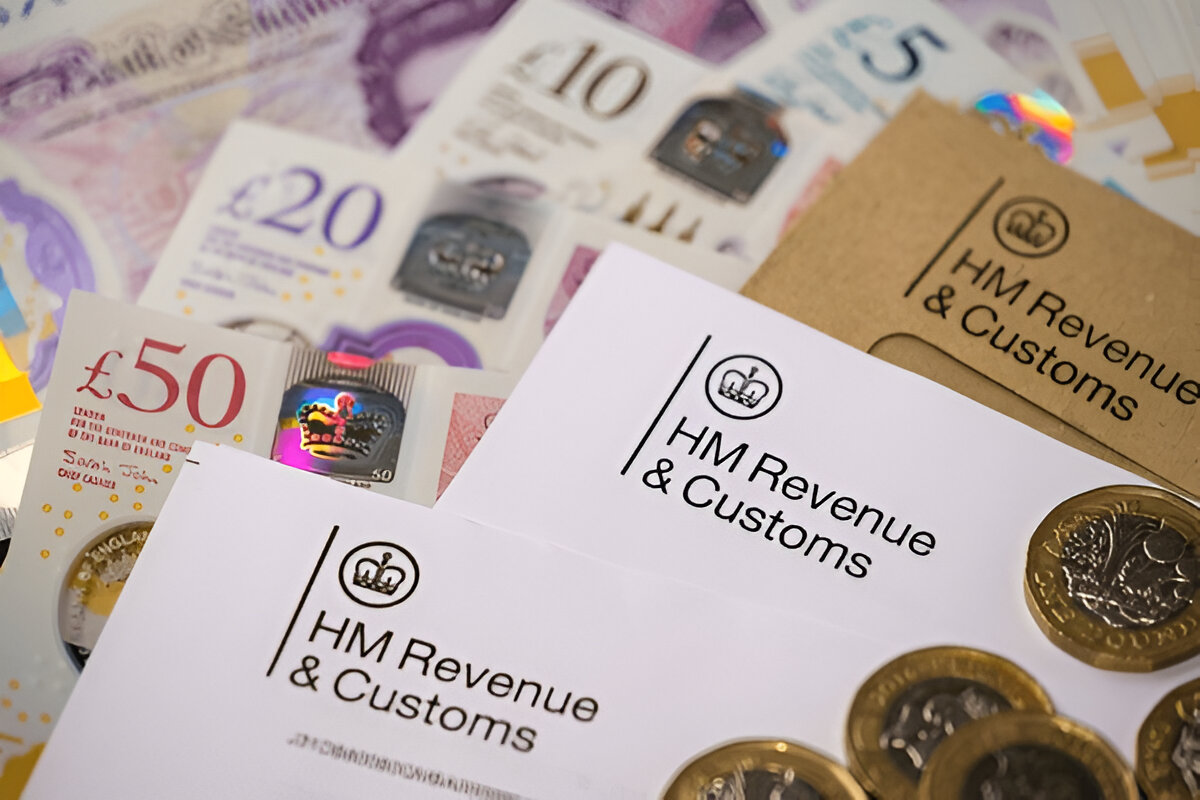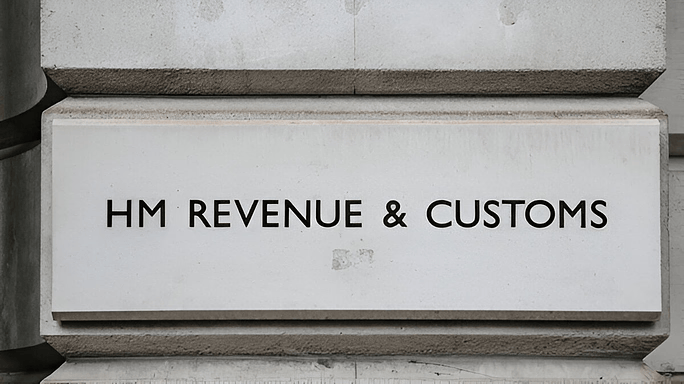
VAT Filings: Strategies for Small Businesses
As a small business owner, navigating the different types of taxes can be overwhelming. Whether you’re paying Business Rates on a commercial property or facing Corporation Tax as a limited company, there’s a lot to keep track of. Add in Income Tax, National Insurance, and VAT (Value Added Tax), and it’s clear that managing taxes is a crucial part of running a successful business.
VAT is a tax added at each stage of the production and distribution process of goods and services. It affects all types of businesses, from home-based ventures to retail stores. Even if your business isn’t registered for VAT, you’ll likely encounter it when dealing with VAT-registered suppliers. This means you need to account for VAT in your pricing, even if you’re not the one collecting it.
But what exactly is VAT, and how does it work for small businesses? This guide covers everything you need to know about VAT, from understanding the VAT threshold for registration to keeping accurate records. We’ll also delve into different VAT schemes, tips for managing VAT effectively, and how to calculate and file your returns.
LEARN MORE: How to Check if a Company is VAT Registered
What is VAT for Small Businesses?
VAT is a tax on the value added to products or services at each stage of their lifecycle. While the consumer ultimately pays the VAT, businesses are responsible for charging, collecting, and paying it to HMRC.
In the UK, there are three main VAT rates:
- Standard Rate (20%): Applies to most goods and services.
- Reduced Rate (5%): Applies to specific items like children’s car seats and home energy.
- Zero Rate (0%): Applies to certain goods like books, children’s clothing, and most foods.
Some goods and services, like financial, educational, and insurance-related products, are exempt from VAT. If your business only deals with exempt items, you can’t register for VAT.
How VAT Works in Practice
Let’s say you run a business selling outdoor furniture to the food and drink industry. You buy an outdoor heater for £200 from a VAT-registered supplier. They add 20% VAT (£40), so your total cost is £240. When you sell this heater to a pub for £300, you add 20% VAT (£60), making the total price £360.
Here’s what happens with HMRC:
- You paid £40 VAT on the purchase.
- You collected £60 VAT on the sale.
- You report both amounts to HMRC, and the difference (£20) is what you owe them.
VAT Registration Threshold for Small Businesses
Your business’s taxable turnover, or total income from selling VAT-rated goods and services, determines if you need to register for VAT. You must register if:
- Your VAT taxable turnover exceeds £90,000 in a 12-month period.
- You expect your turnover to exceed this threshold in the next 30 days.
If your turnover surpasses £90,000 within 12 months, you must register within 30 days after the month you reach this threshold. Your VAT registration starts from the first day of the second month after crossing the limit.
Voluntary VAT Registration
Even if your turnover hasn’t hit the £90,000 mark, you can voluntarily register for VAT. This might be a good idea if you expect your business to grow quickly, as it allows you to handle VAT from the beginning.
How to Register for VAT
Registering for VAT is usually done online, requiring a Government Gateway ID and password. You’ll need details like your company registration number for limited companies or National Insurance number for sole traders. Once registered, you’ll receive a VAT registration certificate, your VAT number, and instructions for filing your returns.
Responsibilities of VAT-Registered Businesses
Once registered, you must:
- Charge the correct VAT rate on goods and services.
- Keep records of the VAT you charge and pay.
- Submit VAT returns to HMRC and pay any VAT owed.
VAT Schemes for Small Businesses
Several VAT schemes can simplify the process:
- Flat Rate Scheme: Pay VAT as a fixed percentage of your total sales.
- Annual Accounting Scheme: File one VAT return per year instead of four.
- Cash Accounting Scheme: Pay VAT to HMRC only when your customer pays you.
- Retail Scheme: Simplifies VAT calculations for retail businesses.
Managing VAT Effectively
Here are some tips to help you manage VAT:
- Understand the Rules: Know when and how to register, the VAT rates for your products, and your deadlines.
- Use the Right Software: Choose VAT software that fits your business needs, including accounting tools if necessary.
- Plan Ahead: Set aside VAT funds to avoid cash flow issues when payments are due.
- Seek Expert Help: Consider hiring professionals to manage VAT and other financial matters, so you can focus on your business.
- Leverage Technology: Use tools like point-of-sale systems that automatically apply the correct VAT rate, making your VAT management easier.
Understanding VAT and staying on top of your responsibilities will help you keep your business compliant and avoid any unwanted surprises.


